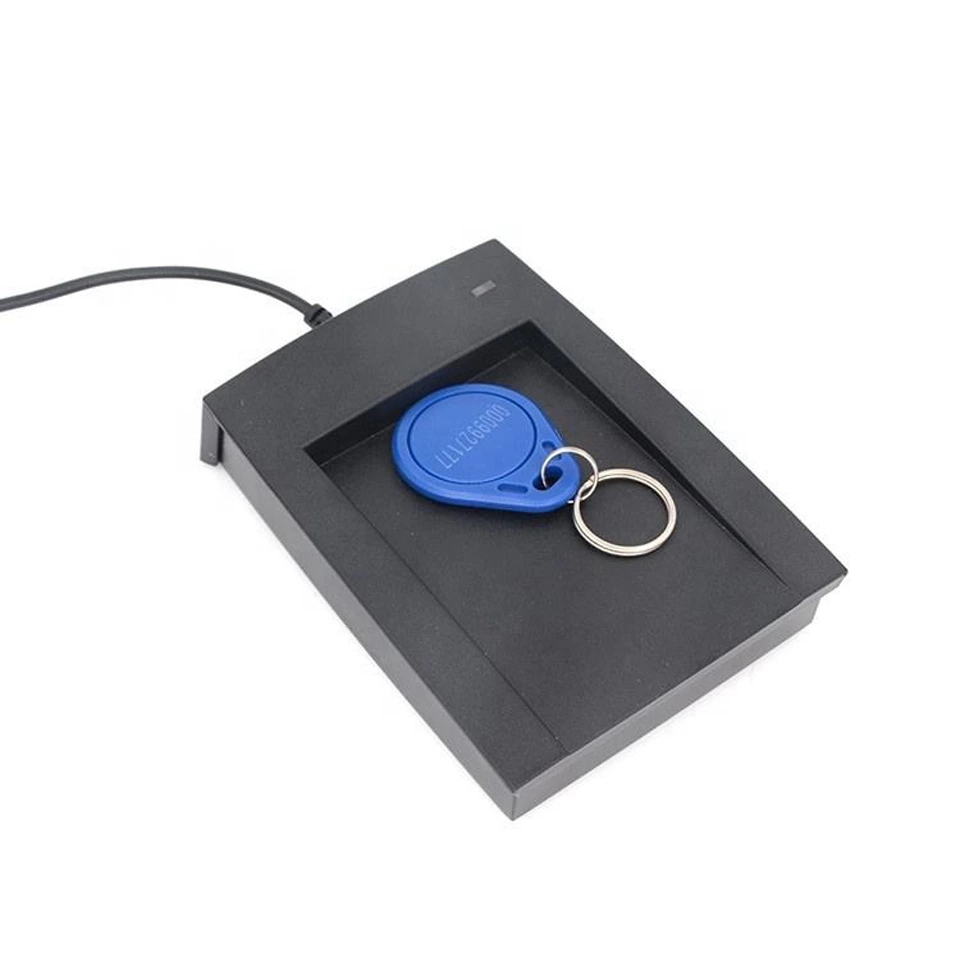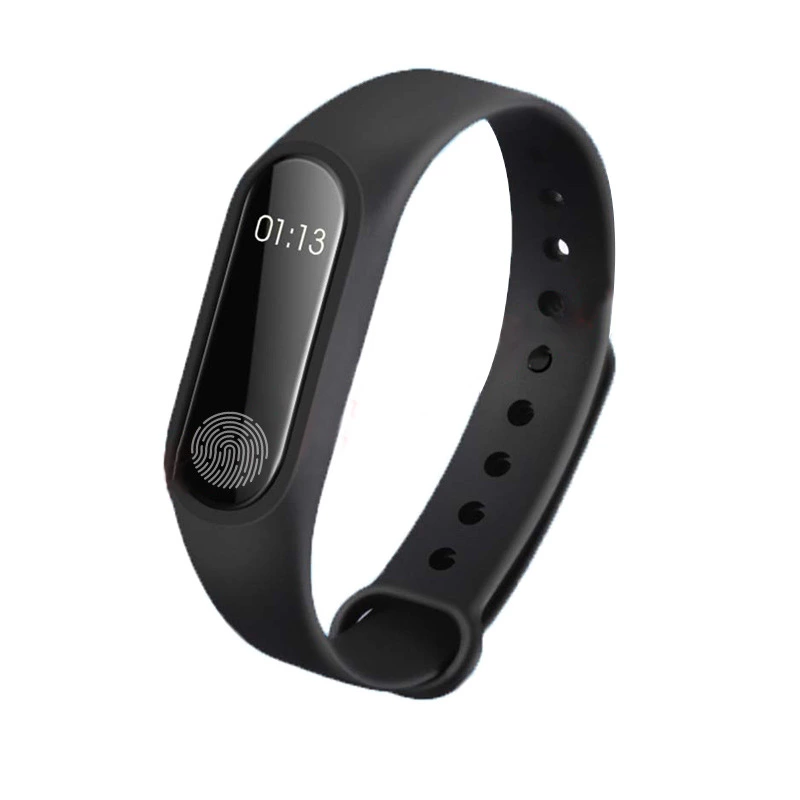What are the differences and similarities between 125KHZ(LF) 13.56MHZ(HF) 860-960MHZ(UHF) 2.4G(Microwave)cards?
In terms of operating frequency, RFID electronic tags are mainly divided into four categories: low frequency (125KHZ), high frequency (13.56MHZ), ultra high frequency (860-960MHZ), and microwave (2.4G):
Low Frequency(LF):

Common main specifications are 125KHz, 135KHz, etc. Generally, electronic tags in this frequency band are passive and use inductive coupling for energy supply and data transmission. The biggest advantage of low frequency is that the tag is less affected when it is close to metal or liquid objects. At the same time, the low-frequency system is very mature and the price of reading and writing equipment is relatively low. However, the disadvantages are short reading distance, inability to read multiple tags at the same time (anti-collision), and low information content. The general storage capacity is 128 to 512 bits. Mainly used in access control systems, animal chips, car alarms and toys, etc. Although the low-frequency system is mature and the reading and writing equipment is cheap, due to its low resonant frequency, the tag needs to make a winding inductor with a large inductance value, which often requires packaging of off-chip resonant capacitors. The cost of tags is higher than other bands.
High Frequency(HF):

The common main specification is the 13.56MHz ISM band. Tags in this frequency band are still mainly passive, and also use inductive coupling for energy supply and data transmission. The biggest application for this band is what we know as contactless smart cards. Compared with low frequency, its transmission speed is faster, usually above 100kbps, and multi-label identification is possible (each international standard has a mature anti-collision mechanism). Systems in this band benefit from the application and popularity of contactless smart cards. The system is also relatively mature, and the price of reading and writing equipment is relatively low. The products are the most abundant, with storage capacities ranging from 128 bits to more than 8K bytes, and can support very high security features, from the simplest write locking, to stream encryption, and even integrated encryption co-processors. Generally used for identity recognition, library management, product management, etc. For RFID applications with high security requirements, this frequency band is currently the only choice.
Ultra High Frequency(UHF):

Common main specifications are 433MHz, 868~950MHz. This frequency band transmits energy and information through electromagnetic waves. Both active and passive applications are common in this frequency band. The reading distance of passive tags is about 3 ~ 10 m, and the transmission rate is faster, generally reaching about 100kbps. Moreover, because the antenna can be manufactured by etching or printing, the cost relatively low. Because the reading distance is long, the information transmission rate is fast, and a large number of tags can be read and identified at the same time, it is especially suitable for fields such as logistics and supply chain management. However, the disadvantage of this frequency band is that its application on metal and liquid items is less than ideal and the system is immature. The price of reading and writing equipment is very expensive, and the cost of application and maintenance is also high. In addition, the security characteristics of this frequency band are average and are not suitable for applications with high security requirements.
Microwave:

The frequency band range used is above 1GHz, and common specifications are 2.45GHz and 5.8GHz. The characteristics and applications of the microwave band are similar to those of the UHF band, with a reading distance of about 2 meters, but it is more sensitive to the environment. Since its frequency is higher than UHF, the size of the tag can be made smaller than that of UHF. However, water attenuates the signal in this frequency band more than UHF, and the working distance is also smaller than that of UHF. Generally used in baggage tracking, item management, supply chain management, etc.
